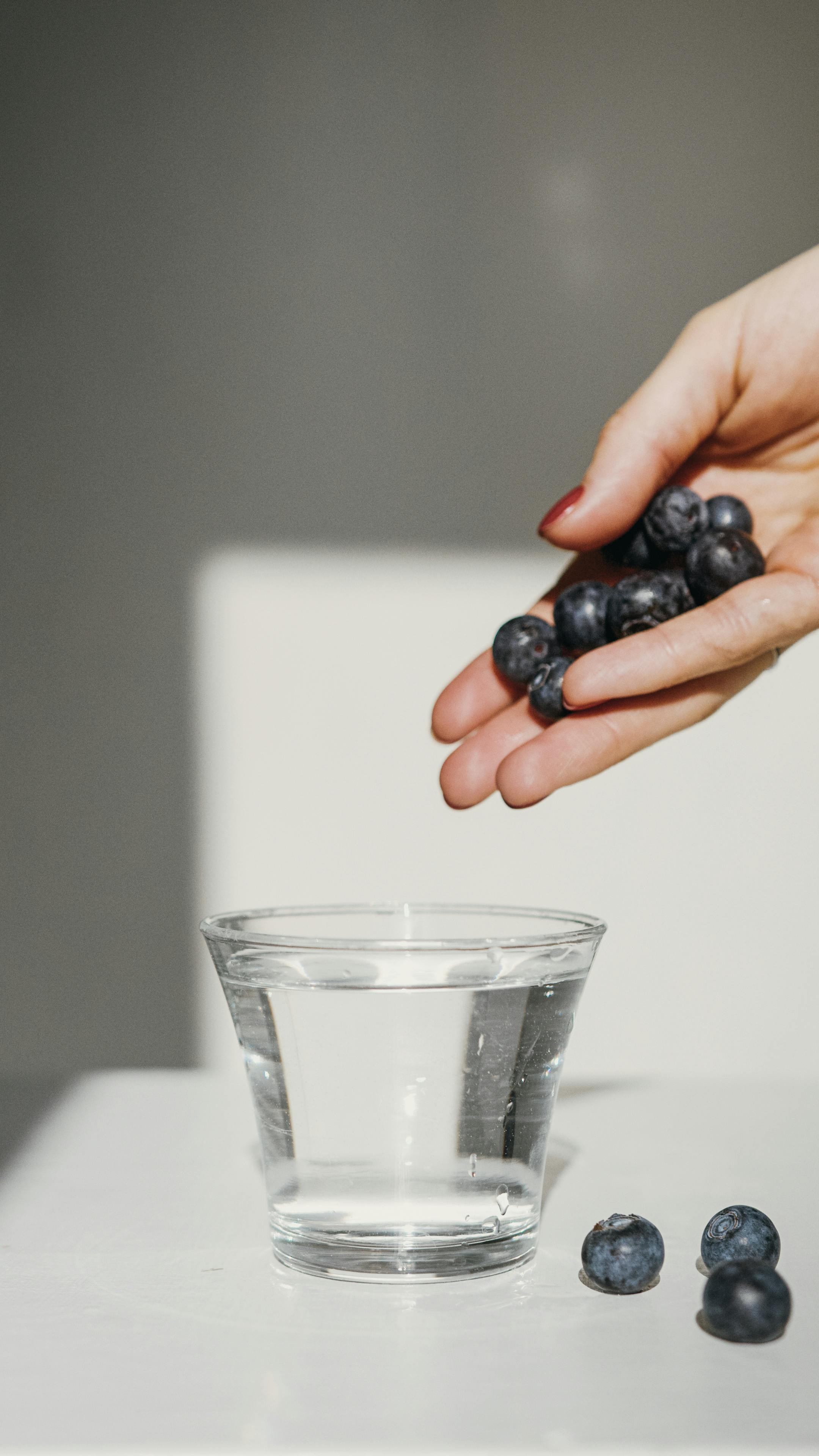
Best 5 Options for a Lipedema Diet in 2025
Lipedema is a chronic condition characterized by an abnormal accumulation of fat in the legs and arms. As awareness around lipedema grows, the need for effective management strategies becomes crucial. One of the pivotal aspects of managing lipedema is through an appropriate diet. In this article, we will explore the best options for a lipedema diet in 2025, aiming to reduce inflammation, enhance nutrient intake, and promote a healthier lifestyle.
Embracing the right dietary approaches not only benefits physical health but can also improve emotional well-being and overall quality of life for people living with lipedema. We will dive into five dietary options that emphasize anti-inflammatory foods, nutritional balance, and specific foods to avoid. Let’s explore these options, their benefits, and how to create a personalized lipedema meal plan.
Essential Anti-Inflammatory Diet for Lipedema
An anti-inflammatory diet is one of the best dietary strategies for managing lipedema. Since inflammation plays a key role in the progression of lipedema, focusing on foods that reduce inflammation can help alleviate symptoms and improve quality of life.
1. Incorporating Omega-3 Fatty Acids
Omega-3 fatty acids are known for their anti-inflammatory properties. Foods rich in omega-3, such as fatty fish (salmon, sardines), flaxseeds, and walnuts, can significantly impact inflammation reduction associated with lipedema. Aim to include these in your weekly meal plan.
2. Plenty of Fruits and Vegetables
The cornerstone of any healthy diet, fruits and vegetables are packed with antioxidants and phytochemicals that combat inflammation. Berries, leafy greens, and cruciferous vegetables like broccoli and cauliflower are particularly beneficial.
3. Whole Grains for Fiber
Including whole grains such as quinoa, brown rice, and oats into your diet can enhance fiber intake, which is essential for digestive health. Fiber also helps maintain a healthy weight, a key factor in managing lipedema.
Balanced Diet for Lipedema Management
A balanced diet incorporating all food groups ensures a wide array of nutrients that support overall health. Focusing on portion control and proper food combinations can lead to effective weight management for those with lipedema.
4. Understanding Macronutrients
Understanding the role of macronutrients—proteins, carbohydrates, and fats—is essential when managing a lipedema diet. Adequate protein intake can help in maintaining muscle mass, especially crucial if weight loss is a goal.
5. Creative Meal Planning
Creating meal plans using lipedema-friendly recipes can simplify your dietary approach. Explore recipes that pair high-fiber foods with healthy proteins and fats, focusing on anti-inflammatory ingredients.
Foods to Avoid with Lipedema
To optimize your lipedema diet, it is equally important to know what foods to avoid. Highly processed foods that are high in sugar and salt can exacerbate inflammation and contribute to weight gain.
Hydration Tips and Importance
Staying hydrated is key for overall health, particularly for individuals managing lipedema. Proper hydration can help mitigate swelling and promote better lymphatic drainage.
Importance of Hydration
Water is vital for flushin out toxins and can help manage lipedema symptoms. Aim for a minimum of 8-10 cups of water a day, and consider herbal teas that can also contribute to hydration.
Optimizing Hydration Strategies
Utilizing hydration strategies such as setting reminders, using a marked water bottle, or consuming hydrating foods like cucumbers and watermelon can help you stay on track with your hydration goals.
The Role of Electrolytes
Maintaining electrolyte balance can further support hydration efforts, especially if you are engaging in physical activities. Incorporate foods rich in electrolytes like bananas, avocados, and leafy greens as part of your lipedema diet.
Emotional Well-Being Through Nutrition
Dietary choices can significantly influence not just physical health, but emotional well-being as well. A well-planned diet can help combat the emotional turmoil often associated with living with lipedema.
Managing Stress Through Nutrition
Certain foods can help manage stress levels. Foods that are high in magnesium—such as dark chocolate, nuts, and seeds—can have a calming effect. Including these in your lipedema meal plan can promote better mental health.
Creating a Supportive Community
Connecting with others who share similar challenges can provide emotional support. Engaging with support groups or online forums dedicated to lipedema can bolster both emotional resilience and accountability.
Final Thoughts on a Lipedema Diet
Embracing a well-rounded lipedema diet is more than just food choices; it’s a holistic approach to managing your health and well-being. By incorporating anti-inflammatory options, managing hydration, and considering emotional aspects, you can create a robust plan that supports both body and mind.
In 2025, as the understanding of lipedema continues to evolve, so too should our dietary strategies. Remember to consult with healthcare professionals or dietitians specializing in lipedema for personalized guidance.